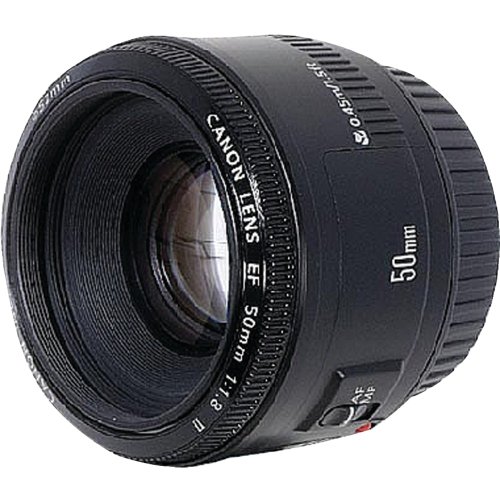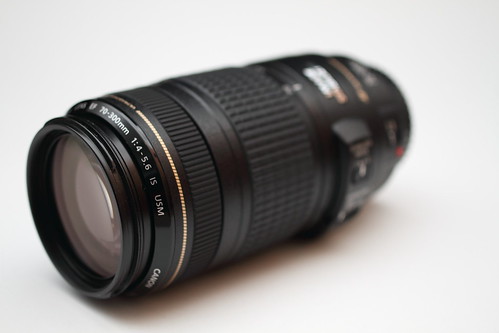- A field trip to take pictures and
- A classroom session to discuss photography.
- RESEARCH : The first thing to do is to research the theme of the workshop if any. Look it up in Google, and search for pictures on the same theme on online photo storage sites. This is essential because the approach to photography workshops differs whether it is a macro photography workshop or a fashion photoshoot or a light painting workshop.
- HARDWARE : Collect your hardware according to the theme of the workshop. For a wildlife photo-shoot a telephoto zoom lens would be essential while for a landscape workshop a wide angle lens would be indispensable.
- RECONNOITER : Look up the location in Google maps and the weather on the day of the shoot. If possible visit the location a day earlier and become familiar with the lighting as well as the people who live there. Wear same clothes as the locals do to blend into the landscape and become inconspicuous.
- MENTOR : Taking along a senior photographer as a mentor is always advisable for their wonderful advice on every aspect of photography.
- PRE-SHOOT CHECKLIST : Make sure you have every item on your preshoot checklist
- PAUSE before you start shooting and take a look around you. Let the locals get used to you with a camera so that you can blend seamlessly into the environment. This is so that later you can get shoot candid shots like this one :
- PROGRAM MODE : Switch on your camera and change Mode Dial to 'P' or Program AE (AutoExposure) Mode. This will put your camera in point-and-shoot mode where the shutter speed and exposure will be set automatically. You will not lose precious seconds in adjusting exposure settings and lose that fleeting candid moment.
- MANUAL MODE : Having composed a photo change the Mode Dial to "M' or Manual Mode and take the picture manually setting the exposure. After clicking the picture change the Mode Dial back to 'P' so as not to miss your next candid picture.
- SHUTTER-PRIORITY AE : To take a photograph of a moving object switch Mode Dial to "Tv" and set the shutter speed and click the picture. Immediately after clicking the picture change the Mode Dial back to 'P' so as not to miss your next candid picture.
- APERTURE-PRIORITY AE : To take a landscape picture change the Mode Dial to 'Av' and set your F number depending on whether you want a small depth of field (small F number) or a large depth of field (large F number). Again immediately after clicking the picture change the Mode Dial back to 'P' so as not to miss your next candid picture.
- LEADING LINES : Look for leading lines which 'lead' the viewers eyes into the picture :

- LENS CHANGE : If you want to take a portrait shot switch your lens to one with a large aperture like the one shown below :

Choose the correct lens for the picture you have in mind. Use a zoom telephoto for wildlife shots :

- TRIPOD : Use a tripod in low light conditions or during macro photography to prevent camera shake.
- ISO : Increase the ISO setting in low light conditions to get a faster shutter speed and hence prevent camera shake from blurring the picture. Do not increase the ISO to maximum or you will get 'noise' on your picture.
- DEPTH OF FIELD : Telephoto, Macro and F1.8-2.8 lenses give a low depth of field while wide angle lenses and larger F numbers have a wide depth of field. Use the depth of field preview button in front of the camera to see actual DOF before clicking.
- WHITE BALANCE : Check your white balance setting before every shot especially on a cloudy day when the sun peeks out every now and then too spoil your shot.
- PHOTO SHOOT THEME : While clicking pictures as per the theme of the shoot feel free to click the beautiful butterfly which flits by. Do not be constrained too much by the theme of the workshop.

If you have any tips of your own please add them in the comments. Happy Clicking!
No comments:
Post a Comment